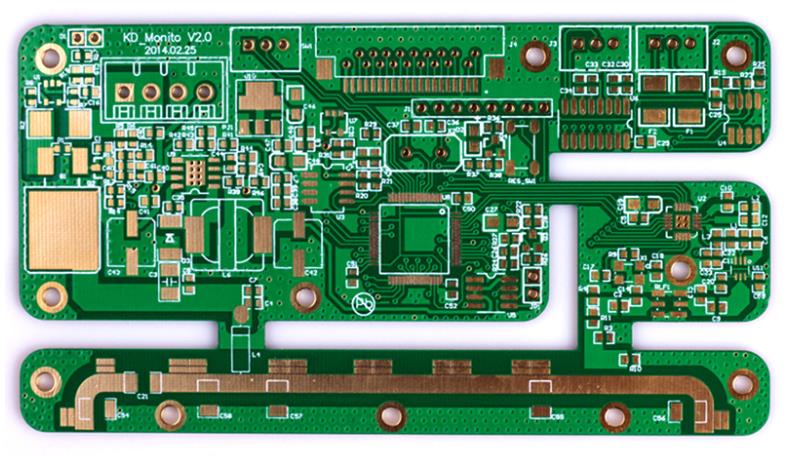What problems should be paid attention to when selecting lead-free components for SMT chip lead-free process in PCBA? Now let's learn about:
1. The heat resistance of components must be considered
Due to the high melting point of lead-free solder, the SMT lead-free soldering process in PCBA is characterized by high welding temperature, which brings about the heat resistance problem of components. Therefore, when evaluating component suppliers in the PCBA lead-free process, it is not only necessary to evaluate whether they have used toxic and harmful substances, but also to evaluate the heat resistance of components. Different components have different heat resistance modes. Some are impact resistant but not high temperature resistant, while others are high temperature resistant but not impact resistant; The temperature resistance curve of a component is not equal to the welding temperature curve, and a slight instability may damage a component.

2. Compatibility of solder and component surface coating materials must be considered
In lead-free soldering, the types of coating materials for component welding end are the largest and most complex. The types of coating on the solder end of lead-free components include pure Sn, Ni Au, Ni Pd Au, Sn Ag Cu, Sn Cu, Sn Bi and other solder alloys with different alloy layers; Their interface reaction speed is different, the generated brazing seam structure is different, and the reliability is also different. Due to the large variety of electronic components and the complex coating of component welding ends, there may be mismatch between some component welding ends and solder, which may cause reliability problems.
3. Wave soldering is the process with the highest comprehensive technology content, the largest labor intensity and the largest equipment maintenance workload in the SMT chip production line of PCBA. What are the precautions for wave soldering technology operation in PCBA SMT?
1) Operators of wave soldering equipment shall work with certificates; Wear protective equipment before operation and operate according to SMT processing process documents in PCBA.
2) Before startup: check whether the power supply and voltage are normal, check the sensor of the flux spray system and remove the dirt; Detect the flux density. If the density is too large, add an appropriate amount of thinner to adjust it.
3) Power on: check whether the indicator lights of the control panel and the voltage of the preheating area are normal; When the temperature of the solder pot rises to 220 ℃, check the liquid level height. It is required that the tin surface is 10mm away from the edge of the tin bath when it is still without jet flow; When the temperature of the soldering pot rises to the set temperature, it starts to spray tin automatically. At this time, you can adjust the height of the wave crest, the anti oxidant and the state of the wave crest; The temperature of tin wave is measured with mercury thermometer. The temperature with lead is 240-250 ℃, and that without lead is 250-265 ℃.
4) The welding quality of the first PCBA must be checked, and the process parameters must be adjusted according to the welding quality. The batch production can only be carried out after it is qualified.
5) Batch welding process: PCB board is brought in by the chain claw itself to prevent irrelevant objects from affecting the normal movement above the sensor; Control the flow of spray, do not move the guide rail randomly to make the spray gun move normally; Check the sensor frequently and remove the water in the air filter; Check the liquid level frequently, which shall not be 10mm lower than the furnace surface; Measure whether the surface temperature of preheater is normal; Measure tin wave temperature regularly; The oxide and tin slag on the tin bath surface shall be removed during welding.
6) After the work is completed: first turn off the heating power supply of the tin pot, and then turn off the main power supply of the equipment when the temperature drops below 150 ℃; Unscrew the nozzle nut of the flux spray system, put it into an alcohol cup to soak and clean it; Remove the flux on the preheater to ensure that the surface of the preheater is clean; Clean the tin slag on the liquid level of the tin bath.
7) Regularly check the alloy composition and impurity content of solder, and take measures or change tin.
8) Pay attention to check whether the wires are aged and whether some screws are loose.
9) In case of line or mechanical failure during work, stop the machine immediately and ask maintenance personnel for maintenance in PCBA SMT.